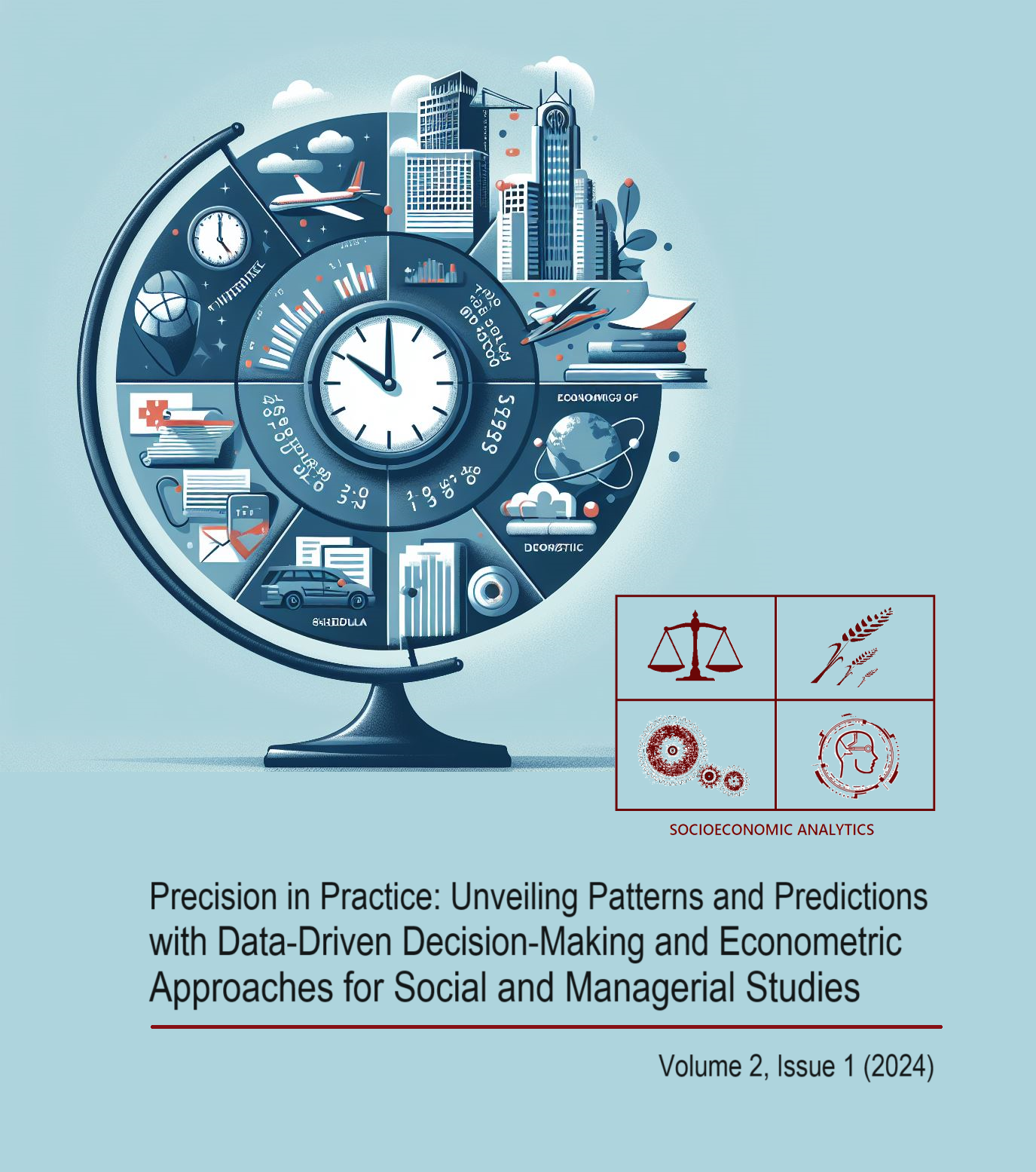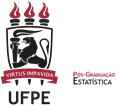Point Process applied to fire outbreaks in São Paulo
DOI:
https://doi.org/10.51359/2965-4661.2024.265082Keywords:
Point Process Analysis, Spatial Statistics, Hypothesis Tests, Fires, São Paulo, firesAbstract
This study applied spatial analysis techniques for point processes to investigate the distribution of fire outbreaks in the state of São Paulo during the months of June to September 2024. Descriptive and inferential analyses were conducted, including Ripley's K Function and the Kolmogorov-Smirnov Test, to test the hypothesis of Complete Spatial Randomness (CSR). The results indicated a spatial clustering pattern at short distances, rejecting the randomness hypothesis. Predictive models based on Poisson processes were fitted, highlighting the most vulnerable areas, particularly in the Atlantic Forest and Cerrado biomes.
References
Akaike, H. (1974). A new look at the statistical model identification. IEEE transactions on automatic control, 19(6), 716-723.
Ambiente, M. D. (2024). Monitoramento dos Focos de Queimadas. Fonte: INPE: https://queimadas.dgi.inpe.br/queimadas/portal
Baddeley, A., Rubak, E., & Turner, R. (2015). Spatial point patterns: methodology and applications with R. CRC press.CÂMARA, G., &
CARVALHO, M. S. (2004). Análise espacial de eventos. Brasília: EMBRAPA.
Cressie, N. (2015). Statistics for spatial data. John Wiley & Sons.
Diggle, P. J. (2013). Statistical analysis of spatial and spatio-temporal point patterns. CRC press.
IBAMA. (2024). Queimadas e incêndios florestais. Fonte: Governo Federal: https://www.ibama.gov.br/queimadas
Illian, J., Penttinen, A., Stoyan, H., & Stoyan, D. (2008). Statistical analysis and modelling of spatial point patterns. John Wiley & Sons.
INPE. (2024). BDQUEIMADAS. Fonte: terrabrasilis: https://terrabrasilis.dpi.inpe.br/queimadas/bdqueimadas/#exportar-dados
Downloads
Additional Files
Published
Issue
Section
License
Copyright (c) 2024 Vinicius Crispim Tavares Monteiro, Manoel Alves de Oliveira, Ricardo Alves de Olinda, Lucas Cardoso Pereira

This work is licensed under a Creative Commons Attribution-NonCommercial-NoDerivatives 4.0 International License.
Authors who publish with Socioeconomic Analytics retain the copyright of their work and agree to license it under a Creative Commons Attribution-NonCommercial-NoDerivatives 4.0 International (CC BY-NC-ND 4.0) license. This means that the work can be shared, copied, and redistributed in any medium or format, as long as it is not used for commercial purposes, and the original work is properly cited. The work cannot be changed in any way or used to create derivative works.










